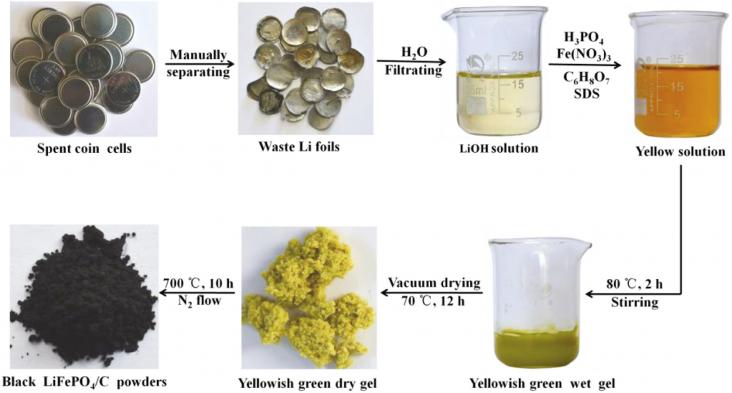Activities in the food-energy-water nexus require ecosystem services to maintain productivity and prevent ecological degradation.
A policy and research agenda has emerged in recent years to understand the interconnected risks natural resource systems face and drive.
A brief review of Chilean policies on sustainability along with the academic efforts related to green chemistry, in order with this new scenario are discussed.
Dealing with current and future global challenges, corporate social responsibility has become a key element for sustainable and responsible companies.
The authors work at the Green Chemistry Centre of Excellence (GCCE) at the University of York and are all currently involved in the H2020-BBI-funded project ReSolve for the development of safer bio-ba
Bruce H. Lipshutz is currently a professor of chemistry at the University of California, Santa Barbara.
In 2007, John Warner and Jim Babcock founded the Warner Babcock Institute for Green Chemistry and, with Amy Cannon, founded the green chemistry education nonprofit organization Beyond Benign.
An ability to separate battery electrode materials while preserving functional integrity is essential to close the loop of material use in lithium-ion batteries.

Waste Li foils in the spent experimental Li-coin-cells may bring the potential risk and the waste of Li-resource if they aren't reasonably treated in time.
John A. Gladysz is a Distinguished Professor of Chemistry at Texas A&M University, where he holds the Dow Chair in Chemical Invention.

